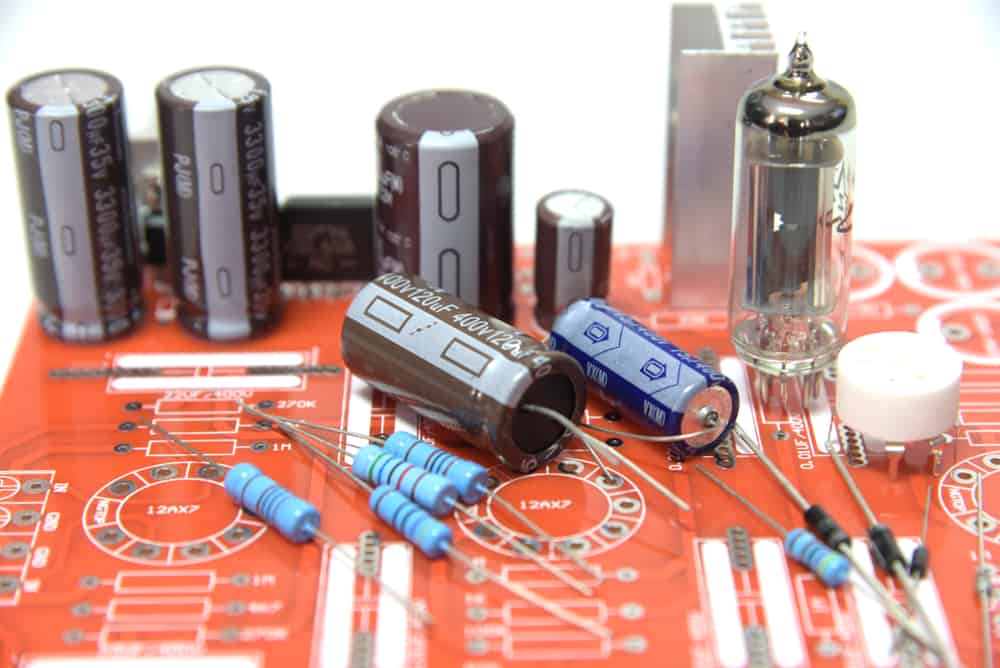
An obsolete electronic parts finder can help with redesigns of older boards.
One of the primary goals of a bill of materials (BOM) review is to evaluate the suggested component list for obsolescence. This evaluation includes determining the end-of-life (EOL) status of any parts to determine their level of near-term manufacturing support. EOL status is a manufacturing characterization that is well-maintained and reasonably trivial to locate. But what if the goal instead was to find obsolete components?
Locating obsolete components may be necessary when reverse engineering or repairing an older device. Situations like these benefit from using an obsolete electronic parts finder – or a component locator specifically maintained to track parts. As these lists are less likely to be sustained by the manufacturer, additional considerations are in order.
Steps to Find Obsolete Electronic Parts
|
|
|
|
Challenges Posed by Obsolete Components
Before diving into the weeds of an obsolete electronic parts finder, procurement should ask themselves a crucial question: is there an equivalent component in production? Generally, locating and purchasing an equivalent component will be more straightforward than replacing an obsolete one. Similar components can run the gamut from an exact 1:1 replacement that may only vary by a manufacturer’s part number (MPN) or a variant with a similar enough land pattern design and electrical parameters that it can function as a reasonable stand-in. Physically replacing a component without a new layout may prove difficult if the packages vary significantly due to differences in pin dimensions, pitches, etc.
Redesign may also be on the table. Depending on the extent of component replacement needed (by the number of BOM entries and total part quantity), redesign may provide a quicker path to managing obsolete components. Design revisions may also be necessary when package types vary wildly: the difference between through-hole and surface mount technology would be extreme, but row spacing and pitch can still differ tremendously across SMT packages.
Unfortunately, the rate of obsolescence is increasing as a trend. The semiconductor shortage and ensuing backlog formed by the global supply chain disruption starting in 2020 have caused manufacturers to reevaluate product lines for profitability. Suppose orders are pouring in for components by the millions or billions. In that case, it only makes sense for manufacturers to prioritize the biggest earners’ product lines, given a limited production capacity. Component manufacturers are more willing to accelerate the transition to new products and leave less popular (or profitable) components to fall by the wayside.
Obsolescence affects more than just physical availability. Manufacturer support may also be challenging to track down or nonexistent altogether. A lack of 3D models and simulation support can leave product development fumbling in the dark before a physical prototype, frustrating design by increasing board or enclosure revision count to capture the electromechanical features accurately.
How An Obsolete Electronic Parts Finder Assists Design Workflow
Obsolete components may arrive from an aftermarket seller without access to the original manufacturer’s documentation. Older or less popular devices may suffer from poor OEM documentation that can be difficult to find, even across online databases. One solution may be to use software wizard tools that create land patterns for standard packages using IPC rules, but this may not be an option if the component doesn’t fit neatly into one of the package types.
Instead, a custom part creation (or recreation, in this case) might be the best way forward. Instead of design teams having to labor over locating documentation or fretting over design vetting for products, a third party handles the process. The model has a few benefits:
- Multi-tool support – Librarians or layout designers usually create land patterns for a single tool, which can cause downstream issues for a land pattern required across separate ECAD software tools. For service bureaus, having as many versions of an obsolete part as possible allows a more rapid response to customer requests without relying on tool translations that, at best, are likely to require some cleanup.
- Parallel design – Design teams can reduce the legwork in the design run-up and proceed to layout faster by working simultaneously with a custom part creation service. Rather than allocating valuable engineering hours to handle the obsolescent component(s) internally, partnering with a part-creation service at the outset ensures a seamless layout process that incorporates the completed land patterns without lengthening the design timeline.
- Verifiability – All land patterns must submit to a review that establishes the correctness of the package dimensions, pinout, orientation, and other critical aspects of the land pattern design that may inhibit solderability, function, or performance. Design teams will want a custom part creation service with excellent validation practices for total peace of mind during a DFM layout.
An ECAD model catalog with an expansive land pattern count may have these hard-to-find components complete and ready for a schematic association – no waiting is required. Even better, SPICE models of these obsolete components will allow pre-prototype simulation, significantly reducing downstream development surprises and the accompanying costs and delays. Enclosure design will also benefit from improved thermomechanical modeling with accurately dimensioned 3D component bodies.
Ultra Librarian Catalogs, Creates a Compendium of Components
An obsolete electronic parts finder is crucial for sourcing documentation and models where original manufacturer support is limited or absent. While the quickest procurement path involves finding an adequate replacement for the component, this requires some upfront research that may be beyond the scope of the work. Instead, a comprehensive part model library featuring new, current, legacy, and obsolete land patterns for popular ECAD applications can simplify the design process. Working with Ultra Librarian enhances workflow with a user-friendly interface: search millions of files for download and quickly incorporate them into your project. Library management has never been faster or easier.
Working with Ultra Librarian sets up your team for success to ensure streamlined and error-free design, production, and sourcing. Register today for free.